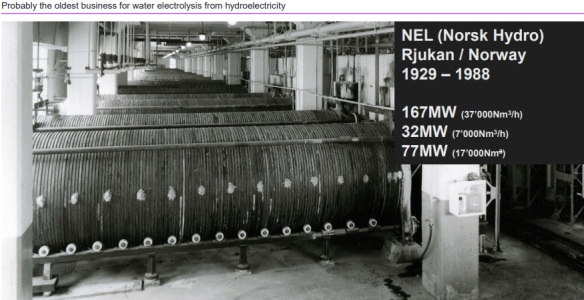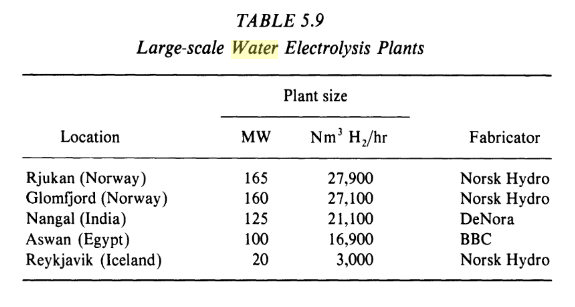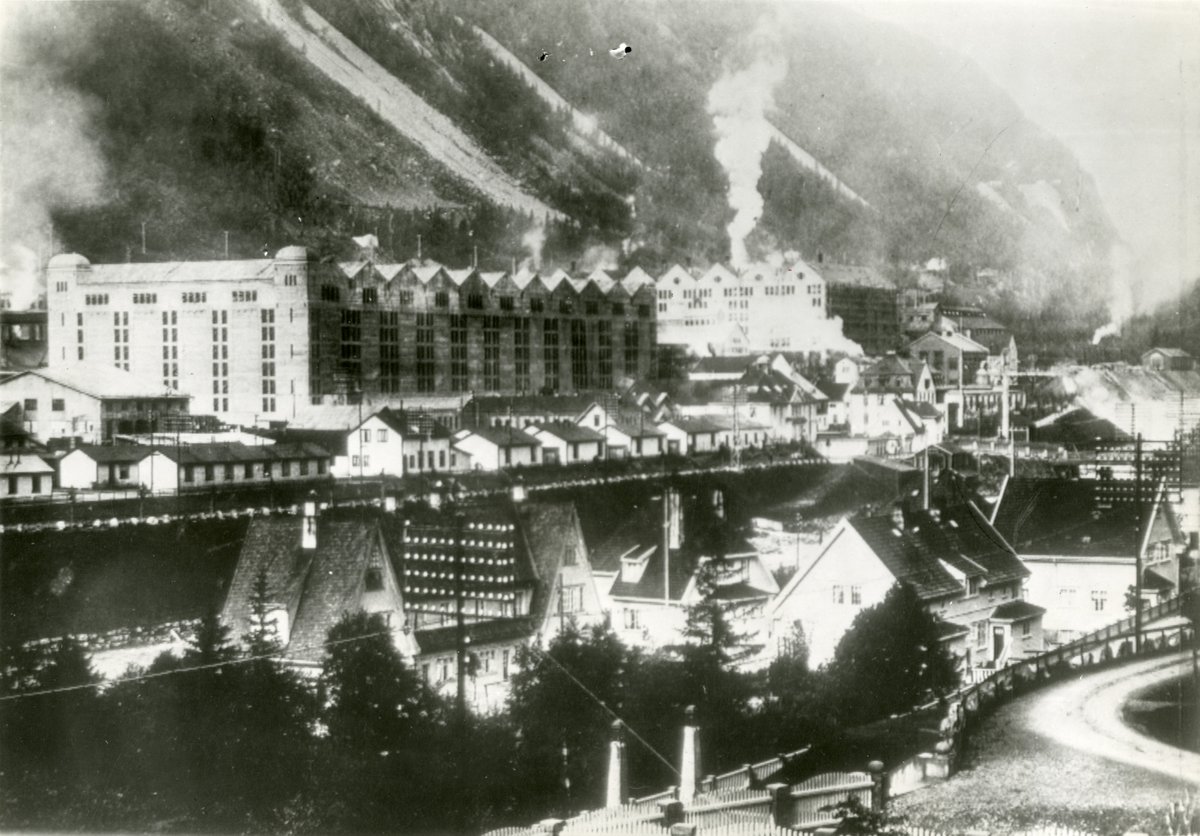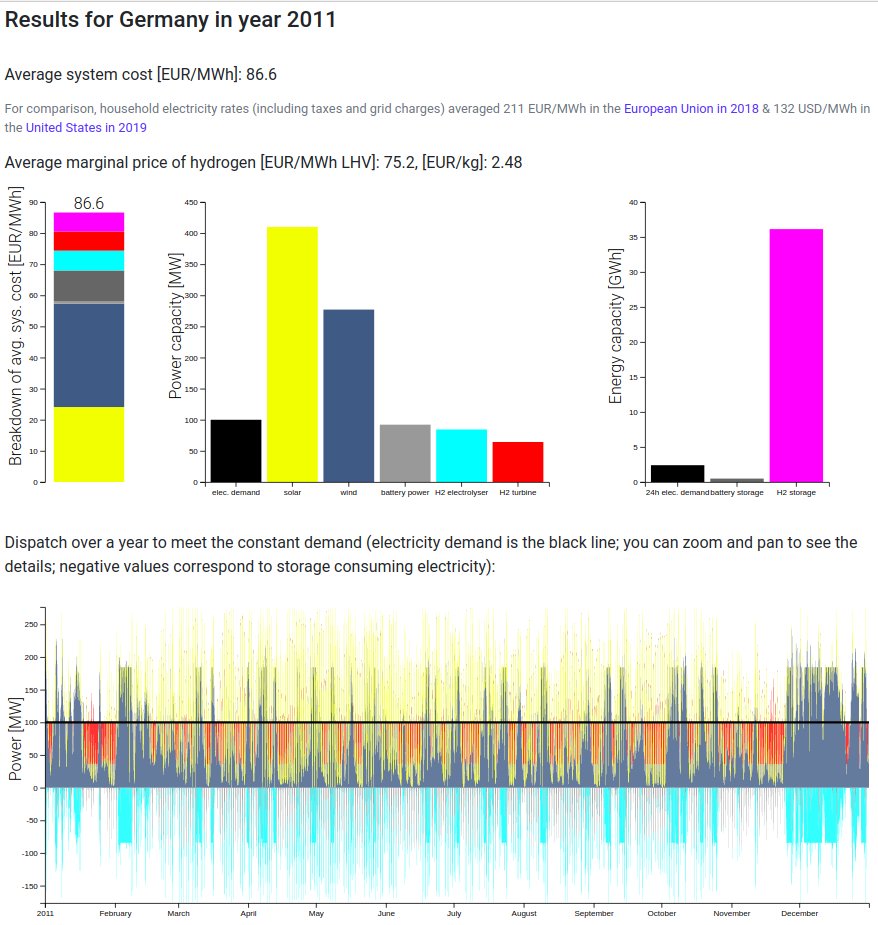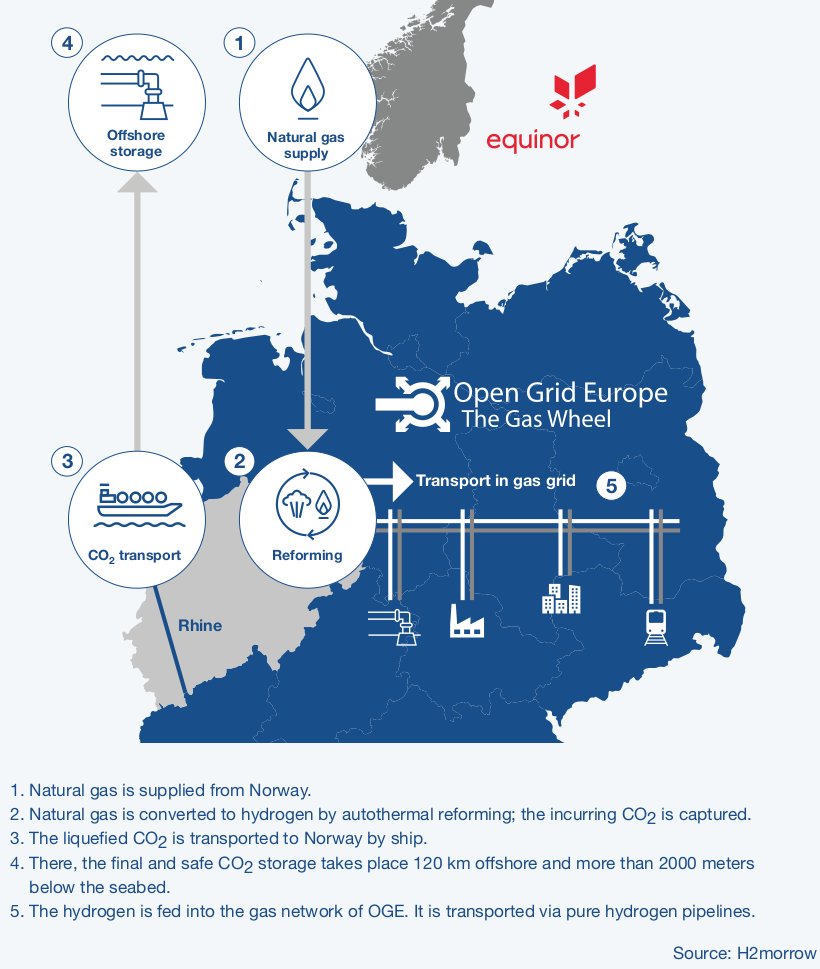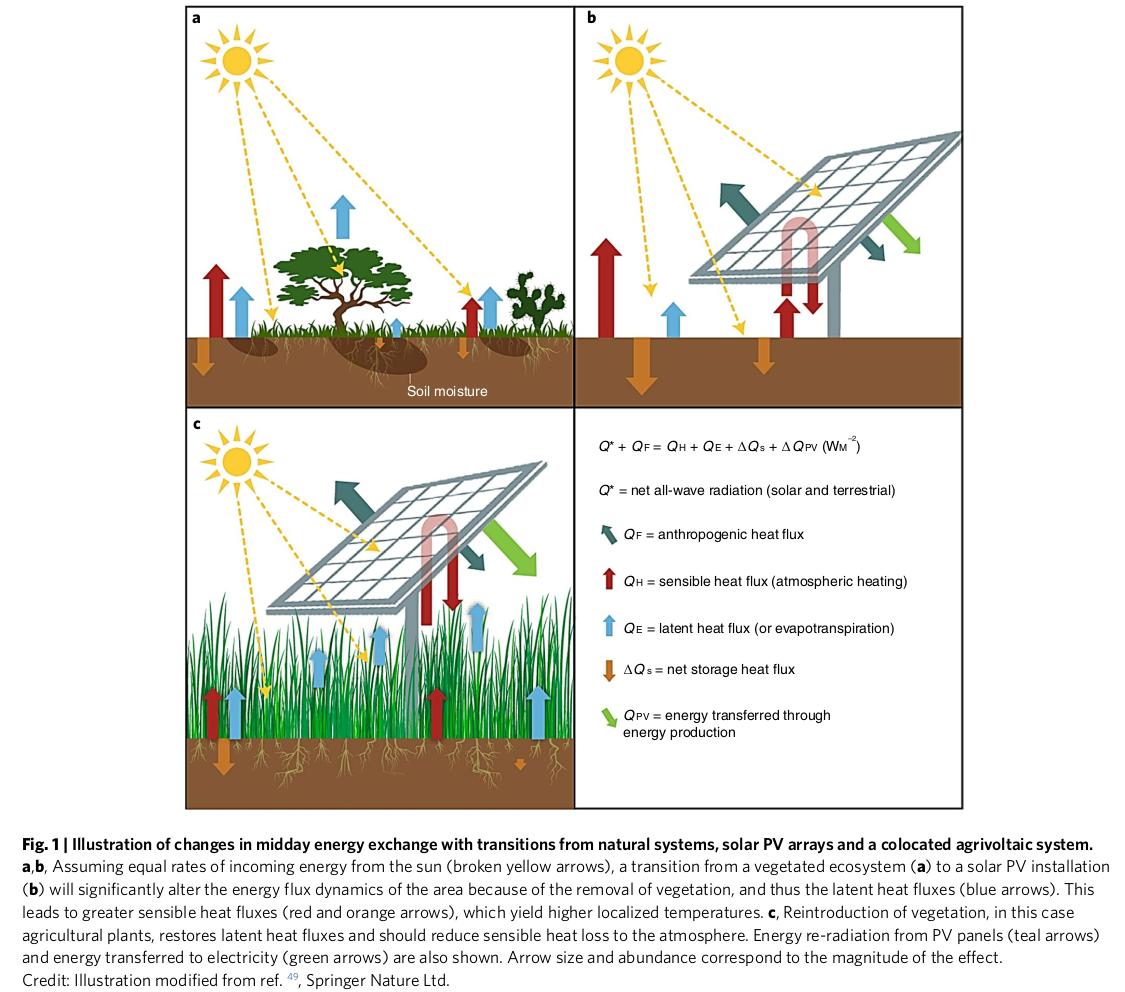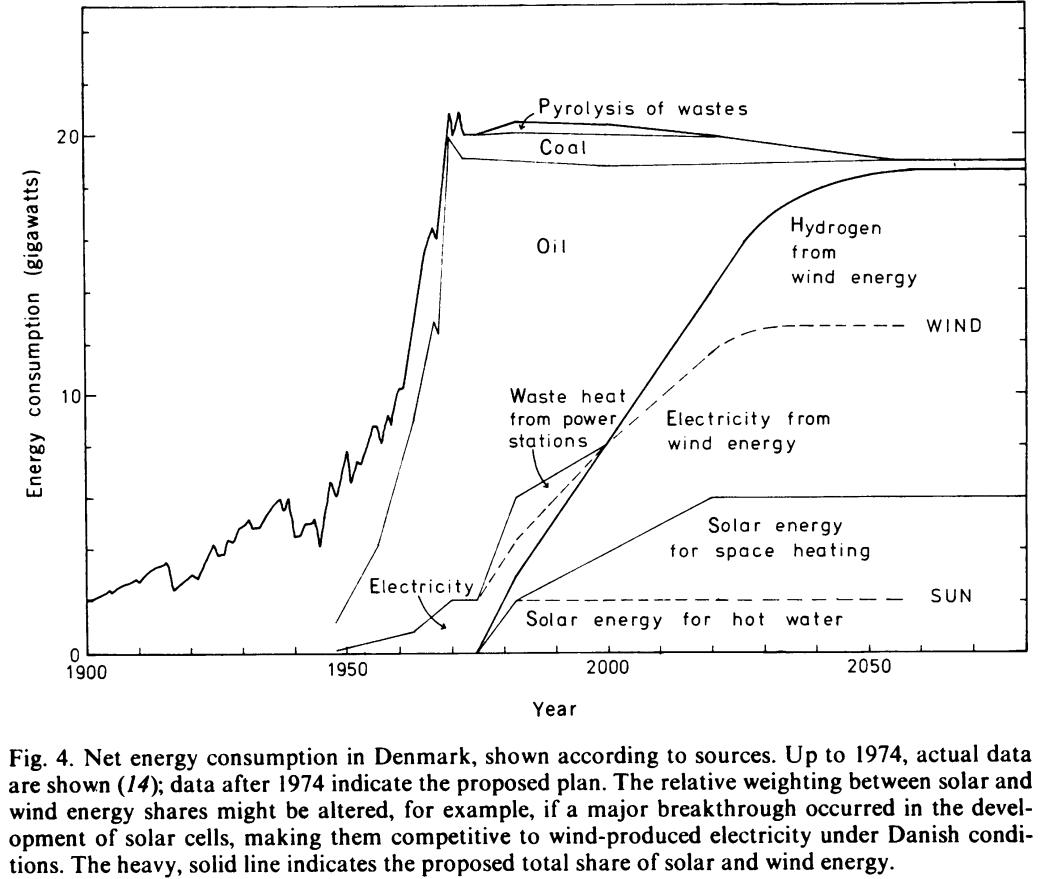
Last thread on history of renewables + hydrogen (promise):
TL;DR:
- Idea of using electrolysis of water & storing hydrogen is almost as old as electrolysis (1789)
- Already a lively debate in *1863* about combining variable renewables with electrolytic hydrogen to replace coal
TL;DR:
- Idea of using electrolysis of water & storing hydrogen is almost as old as electrolysis (1789)
- Already a lively debate in *1863* about combining variable renewables with electrolytic hydrogen to replace coal
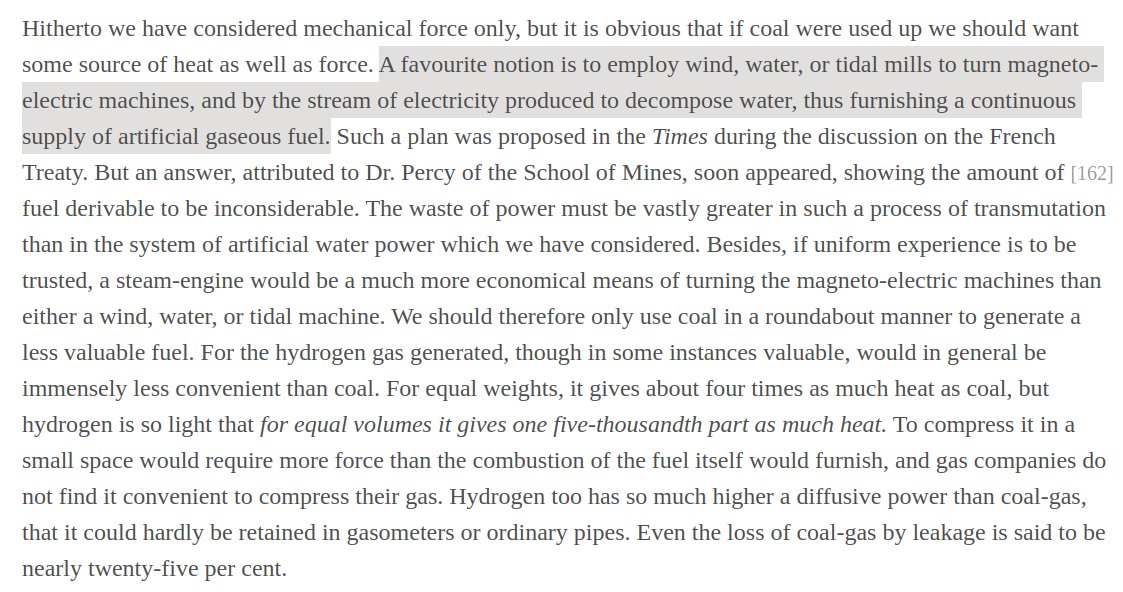
The above quotation is from Jevons' (he of paradox fame) marvellous 1865 treatise "The Coal Question":
oll.libertyfund.org/titles/317#Jev…
(h/t @physicspod)
and refers to an exchange in The Times of London in 1863, started by this letter on page 10 of the 2nd Sep 1863 edition:
oll.libertyfund.org/titles/317#Jev…
(h/t @physicspod)
and refers to an exchange in The Times of London in 1863, started by this letter on page 10 of the 2nd Sep 1863 edition:
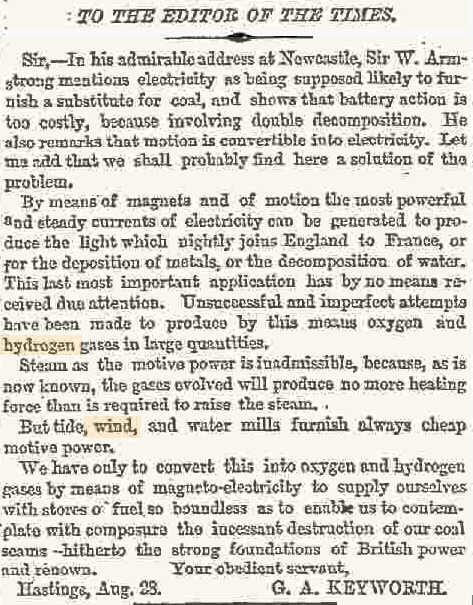
G.A. Keyworth of Hastings followed up a few days on 16th Sep 1863 later with an elaboration of his ideas: 


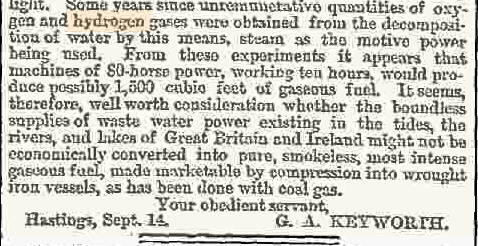
It was poo-pooed a few days later on 18th Sep later by some sceptics, with Q reported by Jevons to be "Dr. Percy of the School of Mines" (OMG did I uncover the identity of Q?!): 

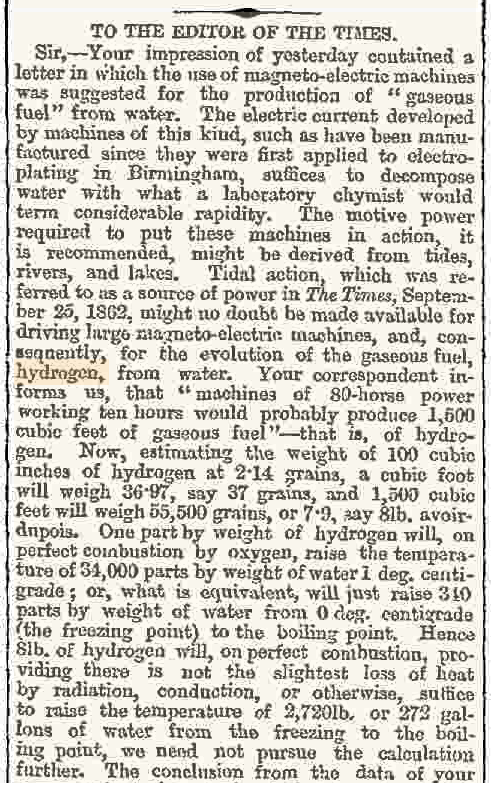

Already in 1840 the "alternate decomposition and recomposition of water" was talked up in Dr. Dionysius Lardner's "The Steam Engine Explained and Illustrated" as something on "every mind":
books.google.de/books/about/Th…
oll.libertyfund.org/titles/317#Jev…
books.google.de/books/about/Th…
oll.libertyfund.org/titles/317#Jev…
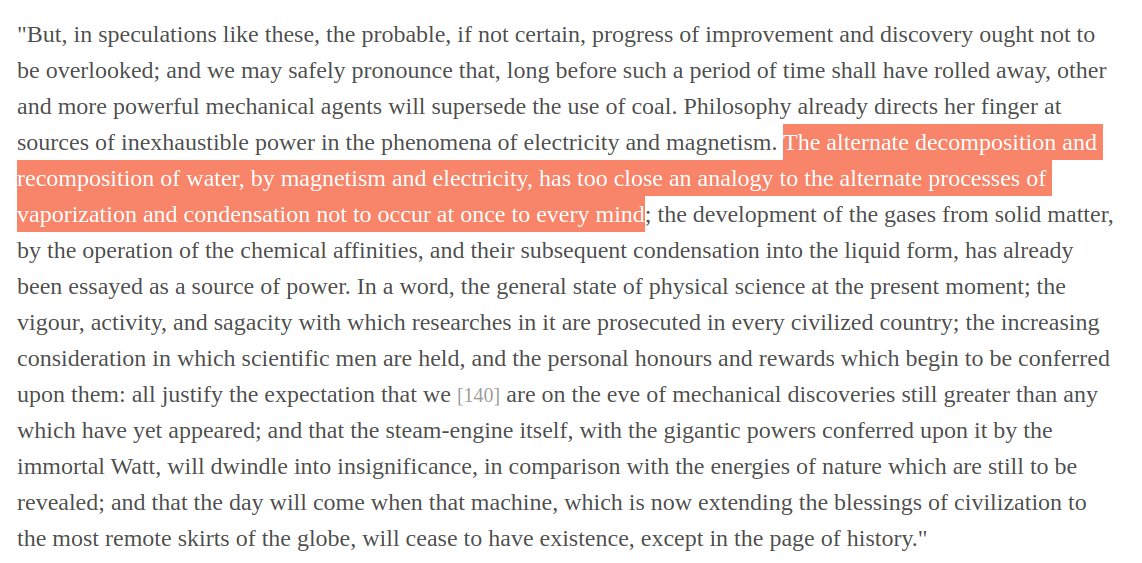
Jevons poured cold water on all this electricity hype in his 1865 book:
"Electricity, in short, is to the present age what the perpetual motion was to an age not far removed"
oll.libertyfund.org/titles/317#Jev…
"Electricity, in short, is to the present age what the perpetual motion was to an age not far removed"
oll.libertyfund.org/titles/317#Jev…

The ideas resurfaced in the 1890s in Denmark (h/t @ruth_mottram) with Poul la Cour's experiments to
tame the wind with electrolysis:
en.wikipedia.org/wiki/Poul_la_C…
tame the wind with electrolysis:
en.wikipedia.org/wiki/Poul_la_C…
And in fairly full/modern form in J.B.S. Haldane's Daedalus essay in 1923:
https://twitter.com/nworbmot/status/1239150314273624065
So why did it never take off? In a way it did: there was a rash of 100+ MW electrolysis projects starting in the late 1920s using hydroelectric power to make green ammonia:
https://twitter.com/nworbmot/status/1289206939122008067
But they were out-competed in the end by fossil ammonia and other demands for electric power.
This was purely a matter of economics: electrolysis of water can only compete if there is abundant low cost power.
This was purely a matter of economics: electrolysis of water can only compete if there is abundant low cost power.
With abundant low-cost wind and solar power coming our way, hydrogen may return for sectors unreachable by a combination of efficiency measures and direct electrification as we decarbonise the economy.
It's been a long road!
/end
It's been a long road!
/end
• • •
Missing some Tweet in this thread? You can try to
force a refresh

